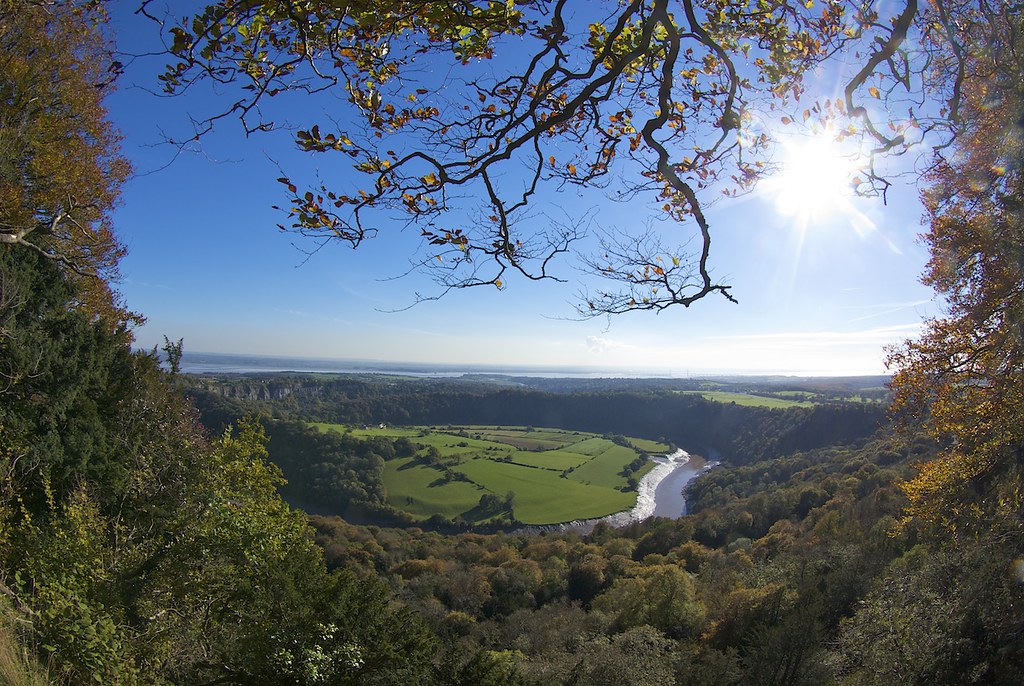Memory in the Valley

In 1798, William Wordsworth returned to the Wye Valley with his sister Dorothy, revisiting the landscape that once stirred his imagination. But this time, the view held something deeper, not just beauty, but memory, time, and quiet change. The ruins of Tintern Abbey and the stillness of the river became a space where thought and feeling merged into poetry; not to escape time, but to understand it. Mapping this place marks the moment where nature became not just inspiration, but a companion to reflection and emotional clarity.
Photo: "The Lower Wye Valley from Wyndcliffe" by imaginedhorizons is licensed under CC BY-SA 2.0.
Coordinates
Latitude: 51.699930100000
Longitude: -2.699656300000
Longitude: -2.699656300000

